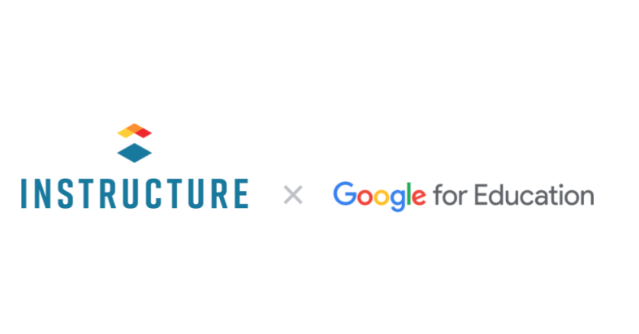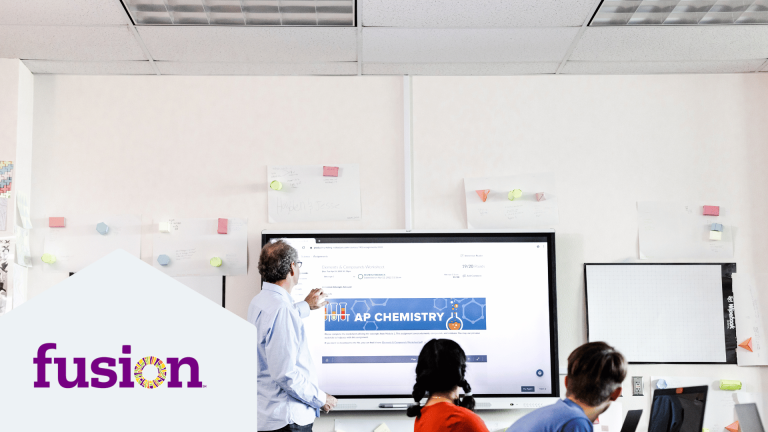
Many of you have either just reached or are about to reach the halfway point in the school year. In the midst of starting a new quarter, post-holiday ramp-up and the beginning of budget season, pausing to do some digital clean up and tune up may not be top of mind – but it should be. This is especially true during periods of uncertainty, something we have all become all too familiar with during the pandemic.
The midpoint of the school year is a great time for curriculum, technology and finance teams to reflect on what’s happened so far, take stock of what tools are and are not being used, do a bit of clean up to keep your edtech ecosystem humming, and think about how you can modernize your systems and processes to sustain a high-functioning learning environment regardless of what lies ahead.
This exercise supports an edtech environment that is working well for students and teachers through the rest of the school year, as well as informs your longer-term plans for building and sustaining an effective edtech ecosystem.
Technology Team
Take an inventory of your edtech tools. Identify the most (and, conversely, least) popular tools among your students and teachers, and bring to light any unapproved or unmanaged edtech you may not (yet) know about. It’s also a good time to discover any duplicate tools or tools that perform similar functions.
Reflection questions
-
Are students and teachers using the tools we are paying for?
-
Do we have any licenses that aren’t being used? What steps can/should we take to change that?
-
Are any edtech usage patterns or trends emerging?
→ Resource: EdTech Inventory Dashboard
Check in on your edtech request process. You don’t have to totally revamp your process in the middle of a busy school year, but it’s a good time to identify any roadblocks or bumps. If you’ve had turnover in personnel, shifts in district-level initiatives or budget changes, for example, refining your edtech process now will better serve your entire population of teachers, students and other stakeholders.
Reflection questions
-
How well do we communicate with teachers on the status of their edtech requests?
-
Are there any new state or federal privacy regulations or other requirements to consider in our vetting process?
-
Do teachers know where to go to find approved and available edtech resources before they make a request for new technology?
→ Story: How a N.C. District Uses Data to Streamline EdTech Procurement, Evaluation and Selection
Curriculum and Instruction/Teaching and Learning Team
Ask for teacher feedback on how tools are working. You could send out a survey on your high-value, curriculum-aligned tools as a quick check in. Teacher leaders can also provide feedback on specific edtech implementations and use of your district-supported tools.
Reflection questions
-
Do teachers feel able to successfully integrate district-supported edtech into their lesson plans or do we need to increase coaching/professional development (PD) on any tools?
-
Are tools supporting district curricular goals?
-
Do teachers believe tools are benefiting all students or just a few?
-
Are teachers expressing usability or other concerns that might inhibit successful use of licensed edtech?
→ Resource: Gathering Feedback on EdTech Tools to Guide Decision Making
Evaluate edtech impact on student achievement. Looking at mid-year assessment data when you have it alongside product usage can help districts understand what’s working best for which students and teachers in their specific, local contexts. Checking in at this time of year allows instructional leaders to highlight where things are working well, potentially update coaching strategies for specific teacher or student groups, and dig into why some groups may be outperforming others.
Reflection questions
-
Are students using a given edtech tool outperforming students who don’t use the tool?
-
Does greater usage of an edtech tool correspond to greater benefits/impacts on student growth?
-
Do some students seem to be benefitting more than others and, if so, which ones?
Finance/Budget Team
Run a quick cost analysis leading up to budget season. Evidence gained from Cost Analyses supports informed edtech decision making that benefits all students. It’s essential to dig into this data leading up to budget decisions and balance this data alongside any teacher or administrator feedback.
Reflection questions
-
Are we getting a return on our edtech investment or is previous spend going to waste?
-
How much did we spend on underutilized licenses in the first half of the year?
-
How can we set the district up for improved short- and long-term edtech ROI?
→ On-demand webinar: How Districts Bring EdTech Evidence To Budget Conversations
Ask for curriculum and technology team input. Collaborating across departments at this time of year allows you to ensure the budget decisions you’re making support all students and teachers. As you’re planning for the 2022-23 school year, ask for both anecdotal and quantitative evidence as you prepare to make decisions that impact the teaching and learning in your district.
Reflection questions
-
Which interventions appear to have positive impacts on mid-year student scores? For which students?
-
What can we do across departments to set us up for success both in the second half of the year and beyond?
-
Why might edtech licenses be underutilized and what can we do about it?
→ Story: How One Arizona School District Bridges Technology with Teaching and Learning
Want to dive deeper into the state of your edtech ecosystem? Contact our team about doing an edtech audit or other ways we can help.
Related Content
 canvas-offline-blog-thumbnail-2024.jpg
canvas-offline-blog-thumbnail-2024.jpgBlog Articles
 googlexinst.png
googlexinst.pngBlog Articles
 facommons.png
facommons.pngBlog Articles